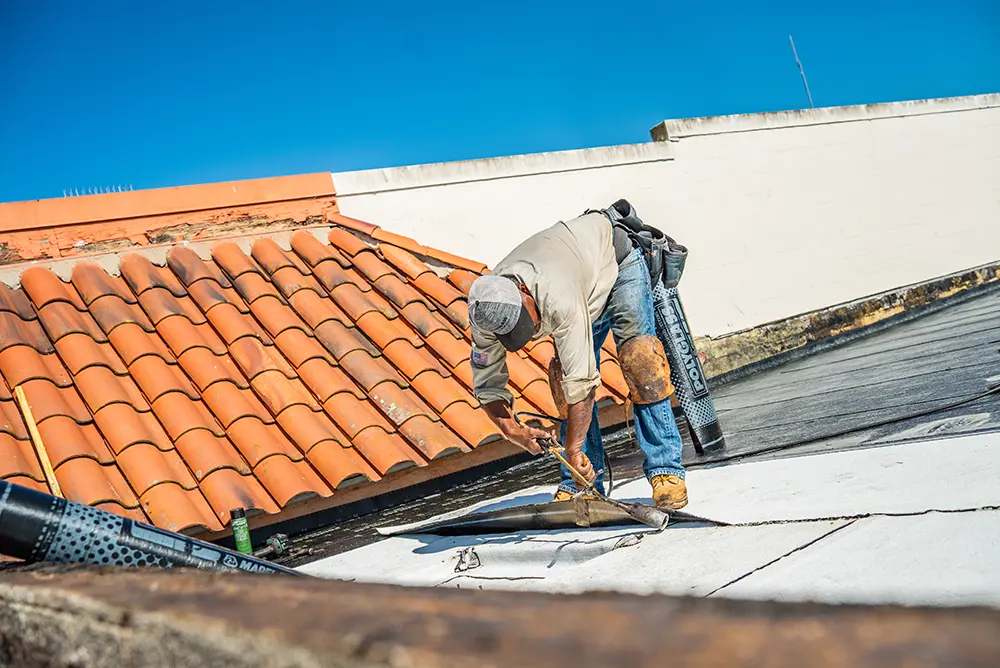When it comes to managing a commercial property, few components are as critical—or as easily overlooked—as the roof. A commercial roof protects not only the building itself but also the operations and assets inside. Over time, even the most durable roofing systems will require attention. From planned upgrades to weather-related damage, natural aging, and everyday wear, commercial roofs face a variety of challenges that demand timely repairs. Understanding these common reasons for roof repair helps property owners and managers stay ahead of costly issues and safeguard their investments.
Planned Improvements
One of the top reasons commercial properties require roof repairs is due to upgrades or changes in the building’s use. Whether a property serves as a warehouse, manufacturing plant, or office space, owners often make improvements that impact the roof. These upgrades might include installing or replacing air conditioning units, adding new equipment, or modifying rooftop-mounted systems that support interior operations. Although these changes are not part of daily maintenance, they are relatively common in commercial environments and almost always require some form of roof work to ensure integrity and performance.
Weather
Beyond upgrades and planned modifications, commercial roof repairs are often needed in response to unexpected damage. These situations arise when a roof develops a leak, sustains visible damage, or fails an inspection. Weather-related events are common culprits — strong winds may tear off roof sections, while heavy rain or the combination of rain and wind can compromise the roof’s integrity. Although hail is less common in Southern California than in regions like Texas or the Midwest, severe weather here still presents risks that can lead to necessary repairs.
Age and UltraViolet
Another key reason commercial roofs require repair is natural aging. As a roof reaches the later stages of its lifespan, it becomes increasingly susceptible to issues such as UV damage. For example, on cap sheet roofs, the protective granules can wear away over time, leaving underlying materials exposed to direct sunlight — something they were not designed to withstand. This exposure can accelerate deterioration, leading to the need for timely repairs to prevent failure. Additionally, areas where water tends to pool often degrade more quickly than well-drained sections. While ponding may not pose a threat during the early years of a roof’s life, addressing these vulnerable spots with targeted repairs is essential to help the roof last as long as the building it protects.
Tenant Improvements
A fourth common reason for commercial roof repairs involves building operations — specifically tenant improvements. These projects occur when building owners or tenants upgrade or replace rooftop equipment, such as air conditioning units or aging fans, or when they reconfigure interior spaces, like converting part of a warehouse into office space. Whenever contractors modify or add rooftop equipment, it is critical to ensure the roof is repaired correctly and sealed afterward. This attention helps maintain a watertight barrier, protecting the building from potential leaks or water damage.
Wear and Tear
A fifth reason commercial roofs require repair is due to the natural wear and tear of materials with a limited service life. Elements like sealants, caulking, and mastics do not last forever — over time, they dry out, crack, or split. When this happens, property owners face two options: proactive repairs, where these aging components are addressed before they lead to problems, or reactive maintenance, where neglected damage results in leaks that demand immediate attention.
Reactive repairs are not only more expensive but also far more disruptive. It is much like maintaining a vehicle — getting an oil change or rotating the tires takes some time and costs a bit of money, but it is predictable and manageable. Letting maintenance slide until the car breaks down on the side of the road, however, ultimately ends up costing far more in terms of time, money, and stress. The same holds true for commercial roofs: addressing minor issues early is always more cost-effective and less stressful than waiting until urgent, costly repairs are unavoidable.
Conclusion
Commercial roof repairs are an inevitable part of property ownership and management. Whether driven by planned improvements, tenant upgrades, weather events, aging materials, or general wear and tear, each repair plays a vital role in preserving the integrity and longevity of the building. Addressing these issues promptly ensures the roof continues to protect the structure, its contents, and its occupants while avoiding more costly and disruptive problems down the line. A proactive approach to roof maintenance and repairs is always the best investment in the long-term performance of any commercial property.







